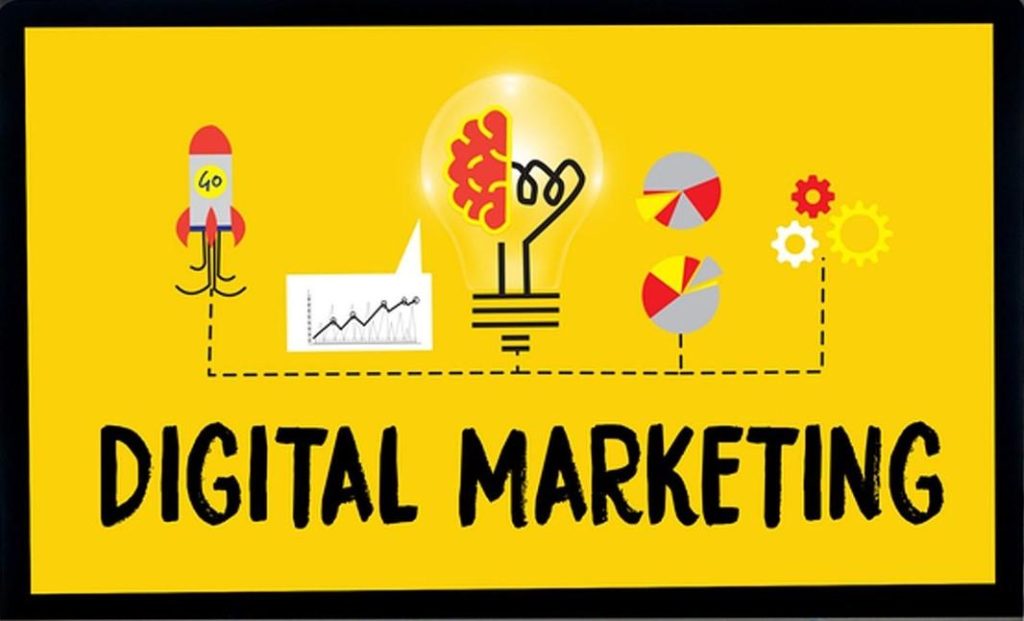What is e-commerce?
E-commerce refers to buying services and selling goods over the Internet. It involves conducting business transactions, including purchasing, selling, and exchanging products or services electronically, often through online platforms or websites.
In e-commerce, customers can browse through online catalogs, select items they want to purchase, add them to a virtual shopping cart, and proceed to check out by providing payment information. Transactions are typically facilitated through various electronic payment methods, such as credit cards, digital wallets, or online banking.
E-commerce has changed the way consumers shop and it has revolutionized the way businesses are run. It offers several advantages, including convenience, wider product selection, and the ability to compare prices and reviews easily. E-commerce platforms also allow businesses to reach a global customer base and operate 24/7 without the limitations of physical store locations.
To increase e-commerce sales through digital marketing, you can employ several effective strategies.
Develop a comprehensive digital marketing plan
Start by creating a detailed plan that outlines your goals, target audience, messaging, and channels to reach your audience. This plan should incorporate various digital marketing tactics to maximize your reach and impact.
Optimize your website
Make sure your e-commerce website is user-friendly and optimized for visually appealing conversions. Implement clear and persuasive calls-to-action (CTAs), simplify the checkout process, and make sure your site is mobile-responsive.
Search engine optimization (SEO)
Use SEO strategies to improve website visibility in search engine results. Conduct keyword research to identify relevant terms and phrases your target audience is likely to search for. Optimize your website content, Meta tags, headers, and URLs accordingly.
Pay-per-click (PPC) advertising
Utilize platforms like Google Ads or social media advertising to target specific keywords and demographics. Craft compelling ad copy, use high-quality images, and continually monitor and optimize your campaigns to achieve maximum ROI.
Content marketing
This can include blog posts, articles, videos, info graphics, and more. Share your content on your website, social media channels, and other relevant platforms to increase brand awareness and drive traffic to your e-commerce site.
Social media marketing
Leverage social media platforms to connect with your audience, build brand loyalty, and drive traffic to your e-commerce site. Develop a content calendar, engage with your followers, run targeted ad campaigns, and use analytics to measure the effectiveness of your social media efforts.
Email marketing
Build an email list of existing customers. Send personalized, relevant, and targeted emails to promote your products, announce special offers, and nurture customer relationships. Use automation tools to streamline your email marketing campaigns and track their performance.
Influencer marketing
Influencer marketing is a type of marketing strategy Influencer marketing involves partnering with influential individuals, known as influencers, to promote a brand, product or service. These influencers have a significant following and influence over their audience, often in specific niche areas such as fashion, beauty, fitness, travel, or technology. Influencer marketing leverages their credibility, expertise, and reach to endorse or recommend products to their followers.
Customer reviews and testimonials
Encourage satisfied customers to leave reviews and testimonials about their experience with your products. Positive reviews can boost your credibility and influence potential customers’ buying decisions. Display these reviews prominently on your website and share on social media.
Remarketing and abandoned cart recovery
Implement remarketing techniques to target users who have previously visited your website or abandoned their shopping carts. Use personalized ads or email reminders to bring them back and complete their purchases.
Remember to continually analyze your digital marketing efforts, track key metrics, and make data-driven adjustments to optimize your strategies. It’s also important to stay updated on the latest digital marketing trends and adapt your approach accordingly.


